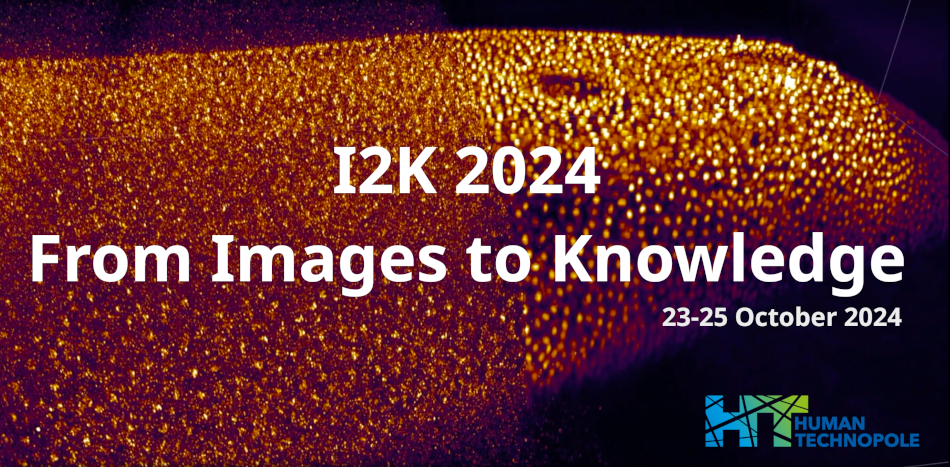Speaker
Description
In this work, we present a comprehensive Python tool designed for automated large-scale cytotoxicity analysis, focusing on immune-target cell interactions. With the capacity to handle microscopic imaging with a 24-hours imaging duration of up to 100,000 cells in interaction per frame, pyCyto offers a robust and scalable solution for high-throughput image analysis. Its architecture comprises four integrated layers: pythonic classes, a command-interface (CLI), YAML pipeline control, and a SLURM distributed version. The pythonic classes provide a flexible and object-oriented foundation that wraps over extensive task-specific libraries for image preprocessing, deep learning-based segmentation, cell tracking, GPU-accelerated contact and killing analysis. The CLI enables interaction with individual steps via terminals, hence enabling scalable and repeatable batch bioimage analysis. To enable a streamlined end-to-end analysis workflow, pyCyto includes a YAML pipeline for high-level configuration that facilitates analysis configurations and management of complex steps in human-readable file format. In bundle with SLURM distributed version, the YAML pipeline control file is compatible with computation devices at different scales that offer maximal scalability from edge computing to high-performance computing (HPC) clusters, significantly enhancing data throughput and analysis efficiency. The package is originally designed to support multi-channel fluorescent microscopy images, with extensible adaptability for various live imaging modalities, including brightfield, confocal, lightsheet and spinning disk microscopes. The seamless integration of various stages of bioimage analysis ensures detailed cellular activities assessment, making it an invaluable tool for researchers in immunology and cell biology.
Software available on Github: https://github.com/bpi-oxford/Cytotoxicity-Pipeline
| Authors | Jacky Ka Long Ko*, Veronika Pfannenstill, Marco Fritzsche |
|---|---|
| Keywords | Python, Bioimage Analysis, Pipeline, Cluster Computing, High Performance Computing |

